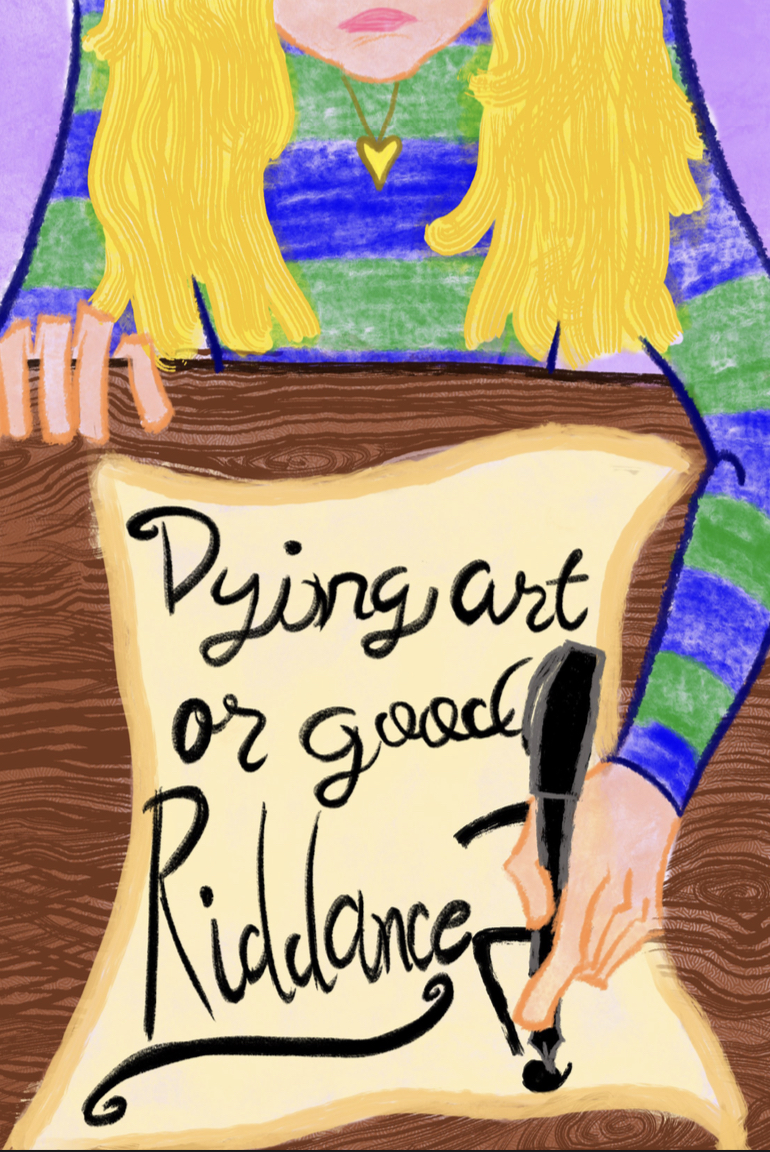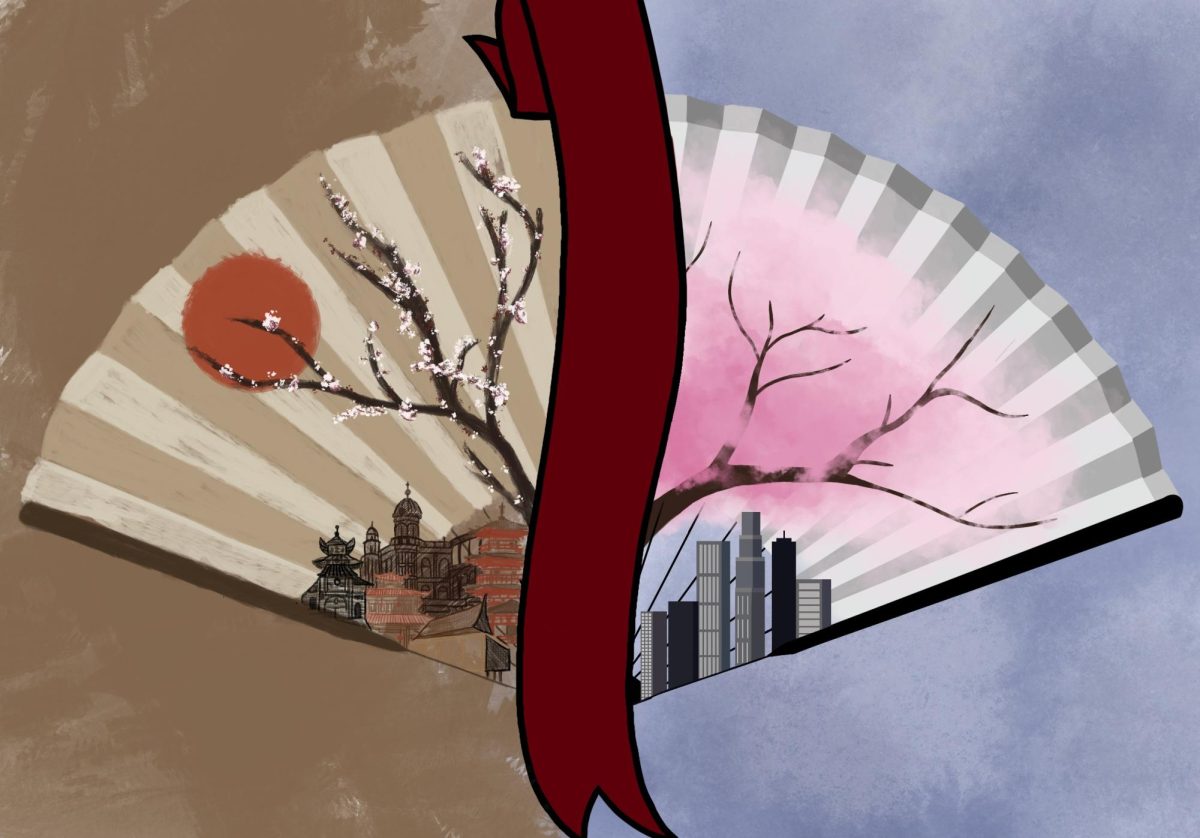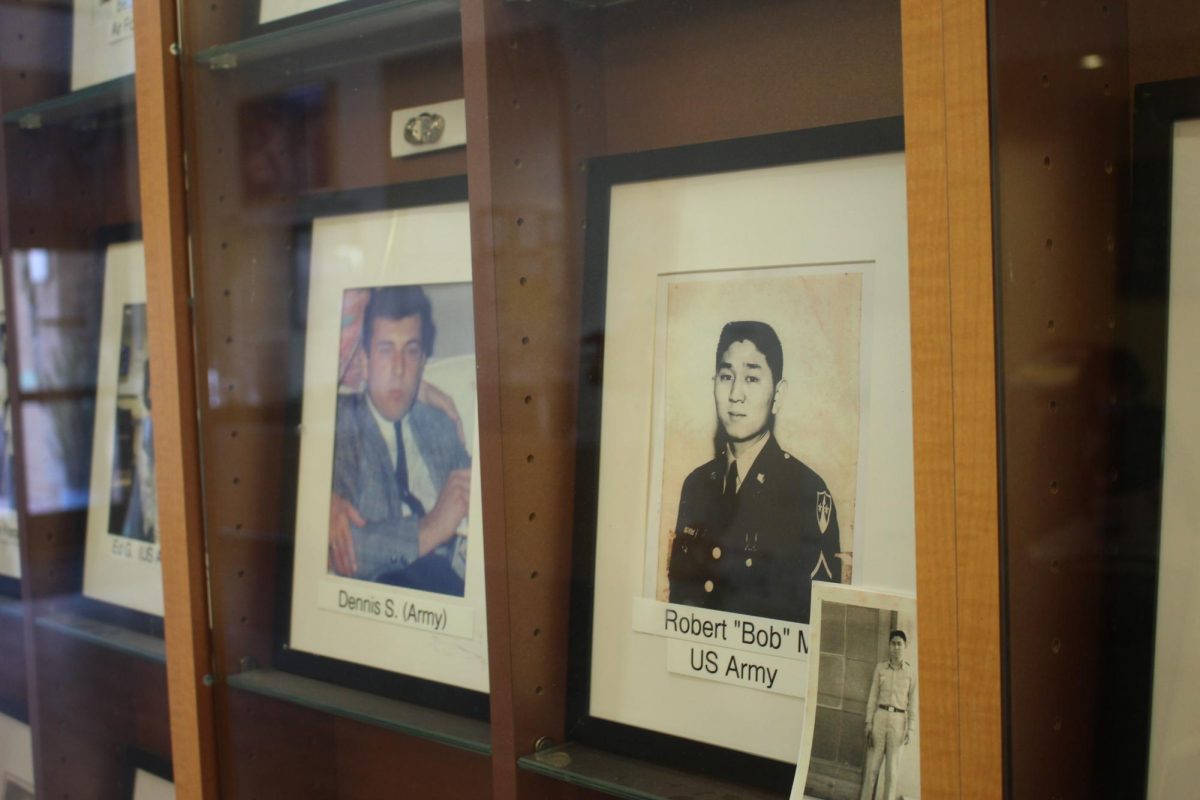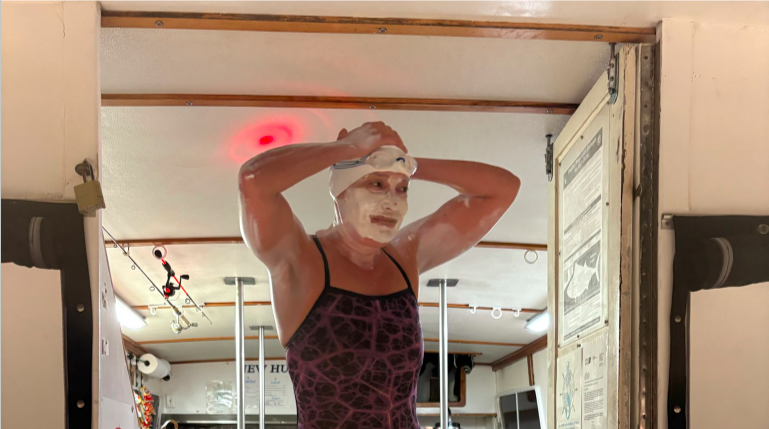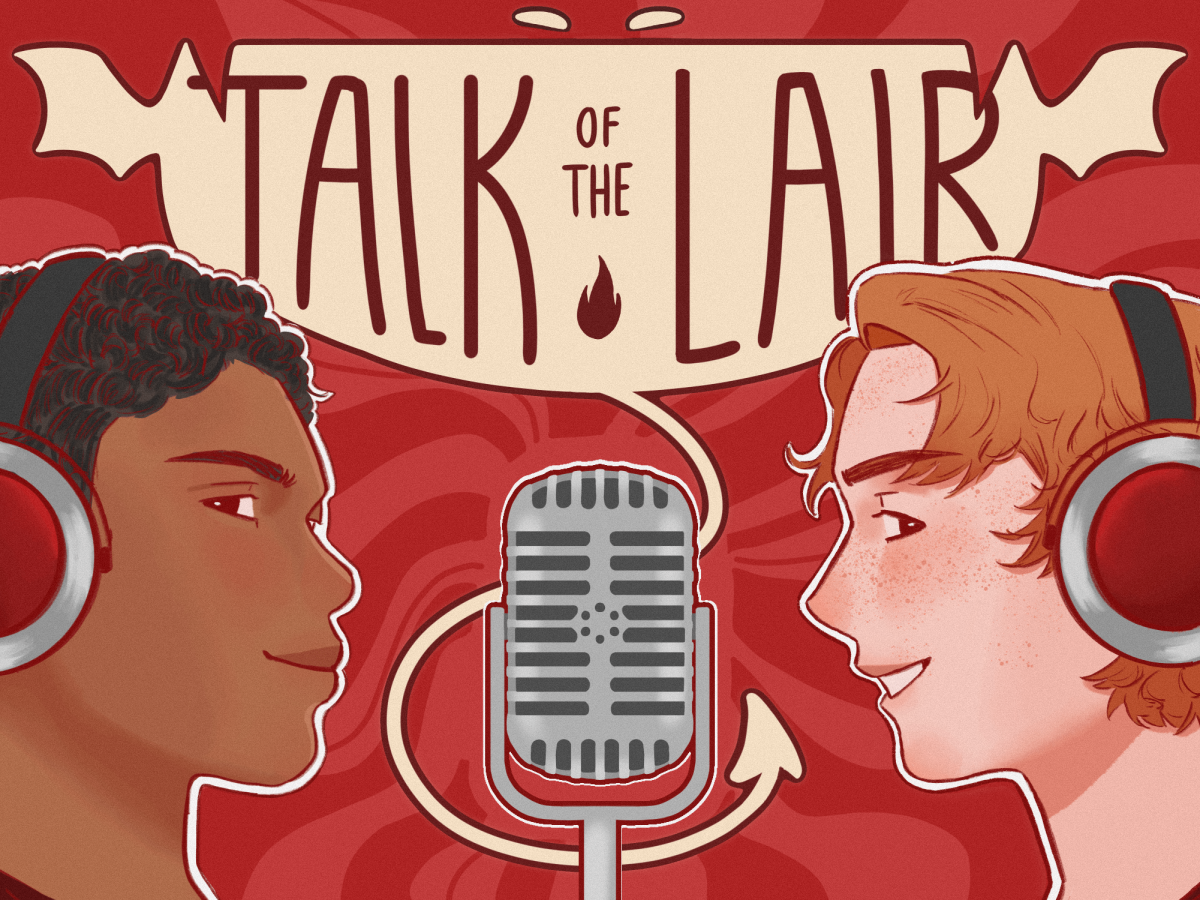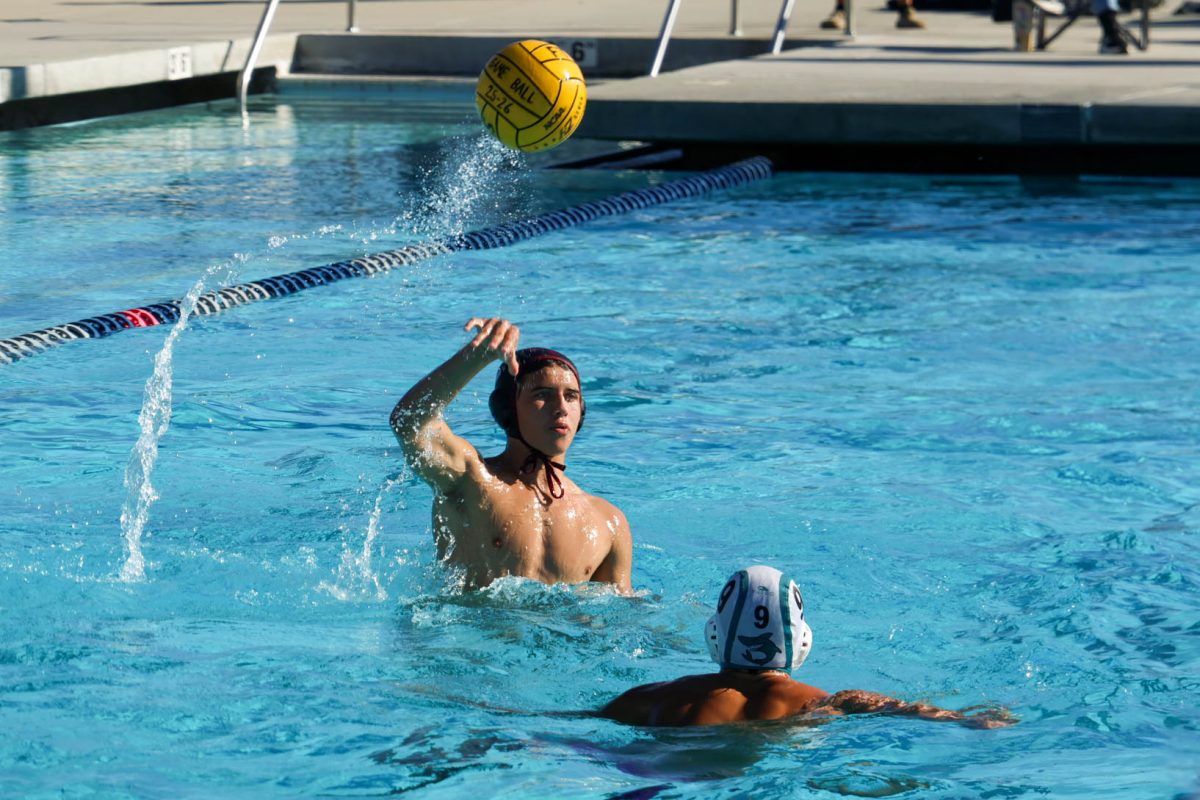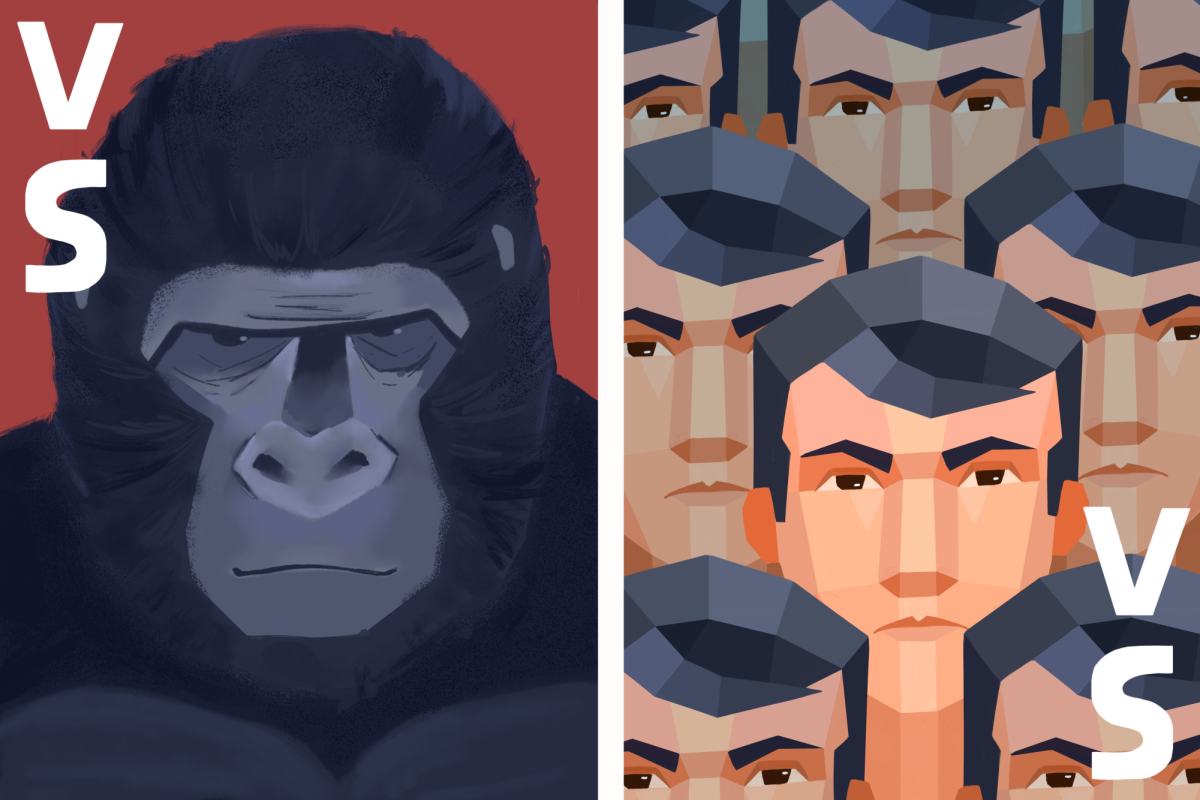To enter a classroom at Foothill Technology High School (Foothill Tech) is to be immersed in the distinct “click-clack” of vigorous typing, as students chip away at online essays, science labs and math assignments. Cursive, in all of its elegance, has become nothing more than foreign characters to most young people. As a technological age descends upon us, traditional pen and paper writing techniques drift steadily into the past.
Although cursive instruction is still a part of public elementary school curriculum in California, the vast majority of high school students revert to printing for handwritten tasks. When Emiliano Ferro ‘26 was asked how often he uses cursive, he responded with a resounding, “None. Not at all.” Moreover, in a poll of 39 students at Foothill Tech, 13% of students said they cannot read cursive, 24% said they cannot write in cursive and 100% expressed that they are more comfortable completing assignments by typing or printing than in cursive. So the question arises: should cursive even be taught in the first place?
The prominence of technology in modern society challenges the mere relevance of cursive. For example, students in Ventura Unified School District (VUSD) have their own school-issued chromebooks, and many assignments heavily rely on keyboard typing. In the professional world, approximately 96 percent of jobs require employees to type fluently, so time in elementary school may be better spent teaching typing skills than cursive writing.
Although cursive may seem increasingly irrelevant, signatures are still a necessity in adult life. Despite the fact that DocuSign and computer generated signatures are on the rise, handwritten signatures are still needed for many important documents. According to the National Telecommunications Information Administration (NTIA), electronic signatures are not legally binding for wills, official court orders and various other documents. Jennifer Kindred, an Advanced Placement (AP) English Language and Composition teacher at Foothill Tech, “… [is] concerned that some kids don’t have a signature. You’re going to buy a car, you’re going to buy a house … you [need] a signature that can’t be duplicated.”
The physical act of writing in cursive also has many cognitive benefits, and scientific research has repeatedly reaffirmed its importance. A study conducted at the Norwegian University of Science and Technology found that electrical activity in the brain’s parietal lobe and central region is stimulated when writing in cursive. The researchers wrote, “… neuronal activity in these particular brain areas is important for memory and for the encoding of new information and, therefore, provides the brain with optimal conditions for learning.” Increased information retention, resulting in learning efficiency, is unique to handwriting and the same cognitive effects have not been associated with typing.
Furthermore, reading cursive may also contribute to academic success in history courses, including the AP United States History (APUSH) class offered at Foothill Tech. In this class, students must analyze primary source documents, some of which have titles and descriptions written in cursive. Complete understanding of the document’s purpose may only be achieved if the student can read these cursive annotations.
Note taking is yet another academic skill where cursive outshines typing. Students can generally type faster than they can hand-write, so those who type their notes often end up copying down more information than those who stick to pen and paper. However, the age-old saying “quality over quantity” is essential to note-taking success. Students may hand-write at a slower pace than they would type, but this forces them to paraphrase main points, which has been found to increase recollection of information in the long run.
In America as a whole, the death of cursive may even pose a threat to the foundations of democracy. The documents that outline our rights as citizens of the United States, such as the Constitution and the Bill of Rights, are written in cursive. The ability to read these original documents, not online transcriptions, is essential to maintaining a society of free thinking individuals.
Cursive, at its core, is an art that has the power of connection to our past. The diaries of historical figures and family members alike are written in cursive, and to let cursive die is to let these first-hand accounts and personal experiences turn to gibberish forever. The words of our ancestors can give us priceless insight into our own identity. So if nothing else, let connection be an incentive to learn cursive and continue teaching it to future generations. This is not to undermine the importance of typing, but rather, to emphasize that both typing and handwriting are critical to education. Now more than ever, it is necessary for society to keep up with technological advancements while ensuring that the arts of our past will live on.




